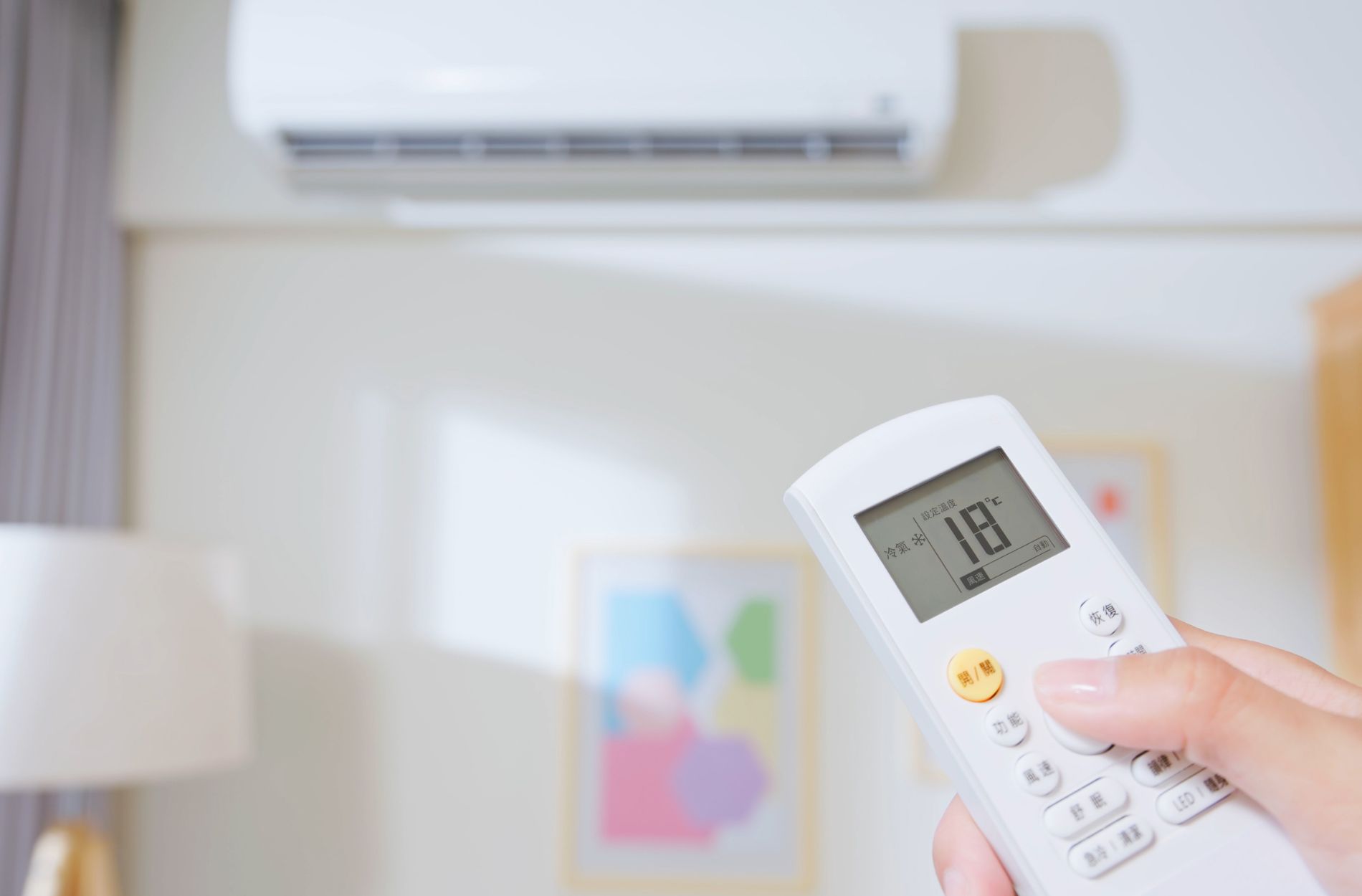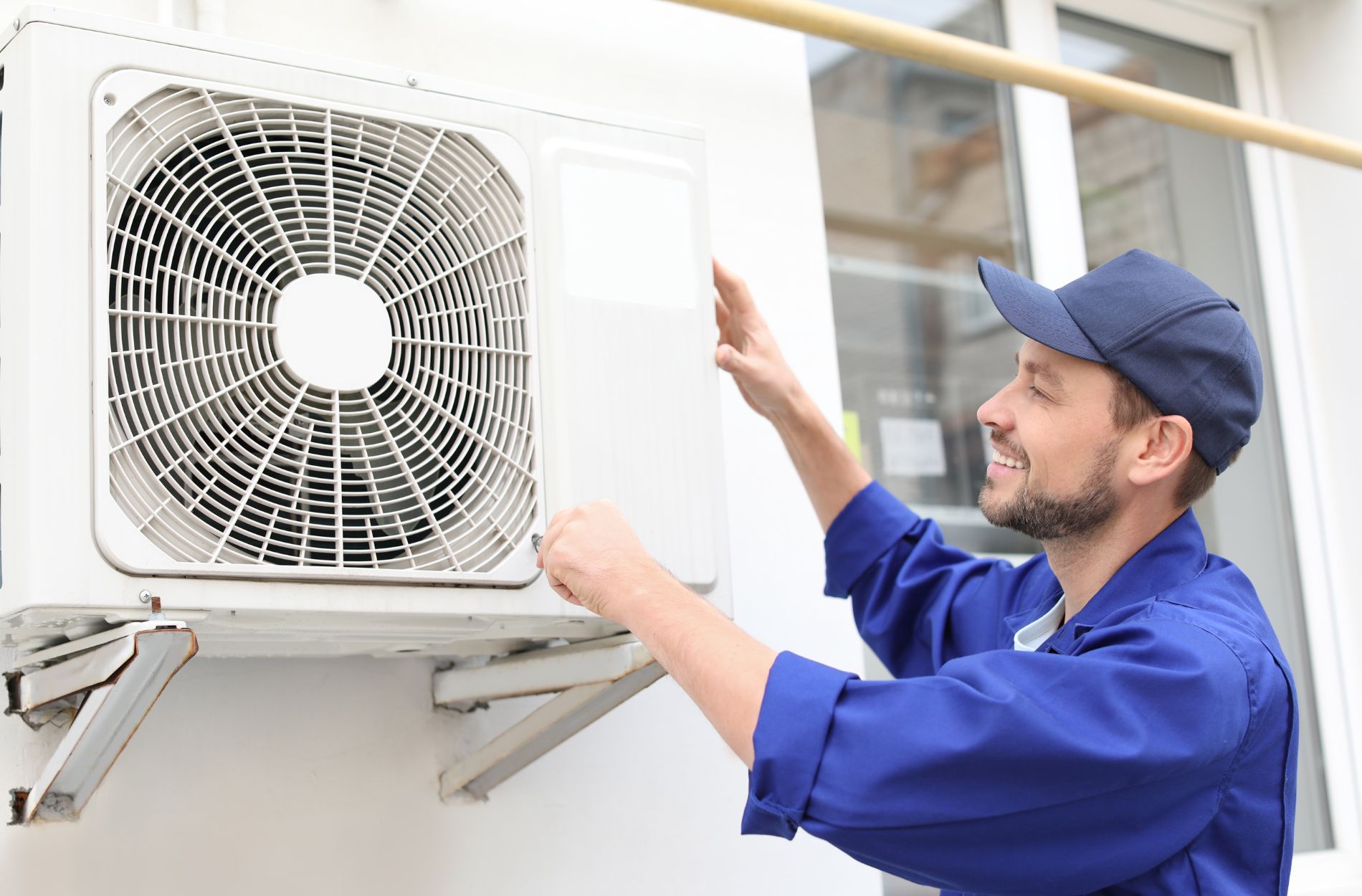Turning on your wall-mounted ac unit only to get warm air is a pleasant experience when the summer heat rises. Most mechanical repairs are best left to the pros, but you can troubleshoot and fix a few common issues yourself with little effort and materials.
Find out how it’s done and how you can prevent future problems by following the steps below.
Repairing A Wall-Mounted Air Conditioner
If you’re going to work on a Wall Mounted Air Conditioner on the wall of a room, make sure it’s unplugged. One or two capacitors are located near the control panel and close to the fan in room air conditioners. It would be best to always unplug the air conditioner before working on it or risk receiving a severe shock.
- Remove the Filter and Clean it: Your wall-mounted air conditioner’s user manual will provide instructions on removing the filter from the face panel. Dirt and debris can be vacuumed or wiped off with a wet rag to clean the filter lightly. You can spray the filter with a garden hose to clean deeper. Let the filter completely dry for 30 minutes to an hour before reinstalling it regardless of the situation.
- Clean the Condenser and Evaporator: Use a vacuum to clean the evaporator and condenser. Spray it with compressed air or use an air conditioner coil cleaner to deep clean.
- Inspection of Intake and Outlet Grills: Clear leaves and twigs from the intake and outlet grilles of your Mitsubishi split AC unit by hand or with a vacuum. A condenser can become clogged and cause the AC to release warm air; since condensers normally expel heat to the exterior of the building, a blockage means the warm air must escape through the building’s openings.
Clear debris from the outlet grills on your ductless split AC if it has a separate, box-shaped exterior unit.
- We Need to Fix the Fins: If any evaporator or condenser fins are bent, straighten them with a knife or fin comb.
- You Should Check the Refrigerant Lines: Make sure your refrigerant lines aren’t low or leaking. An evaporator coil may form ice if it is low on refrigerant, and hot air may be emitted from the unit. A refrigerant leak can be indicated by bubble formation or hissing and gurgling sounds. Any of these signs suggest that the refrigerant lines need to be refilled, repaired, or replaced by a service technician.
- Make Sure the Capacitor is Working: Look for bulging, deformation, or leaking fluid on the Capacitor. With a digital multimeter, check for electrical problems if there are no visual symptoms. Place your multimeter’s red and black probes on the capacitor’s terminals. Set the multimeter to the capacitor if it is necessary to replace it if the reading does not match the capacitor’s listed rating. To keep your air conditioning unit working at peak efficiency, you should maintain it regularly. To learn more, contact Dr Ductless. You can reach them by calling (213) 916-0005.









